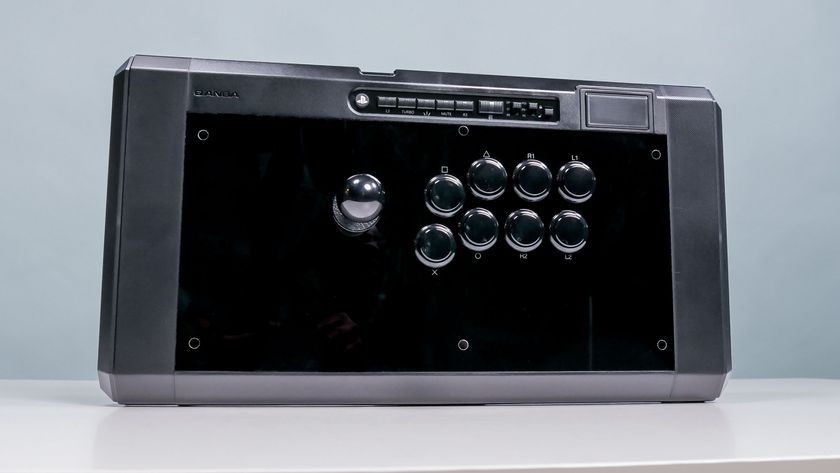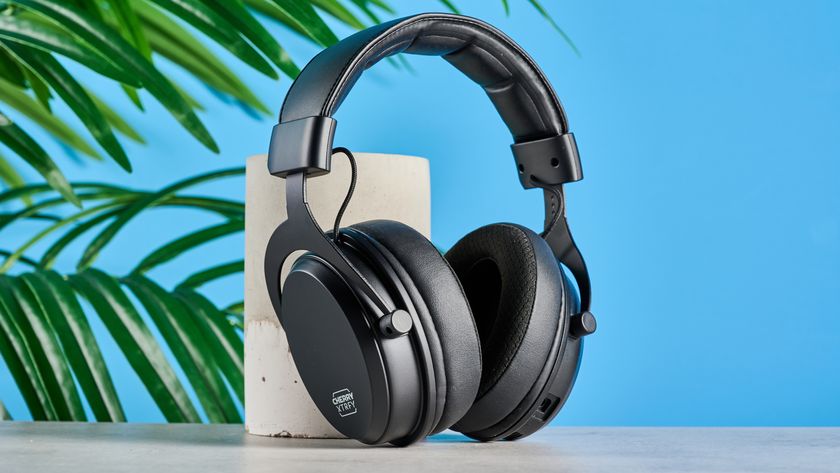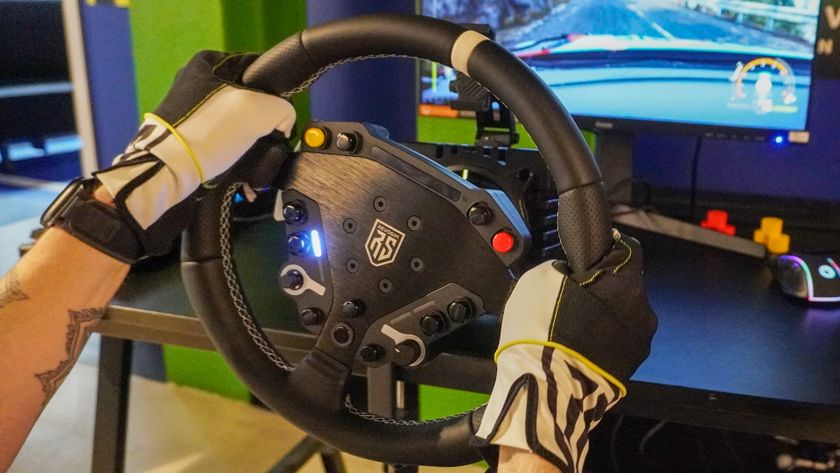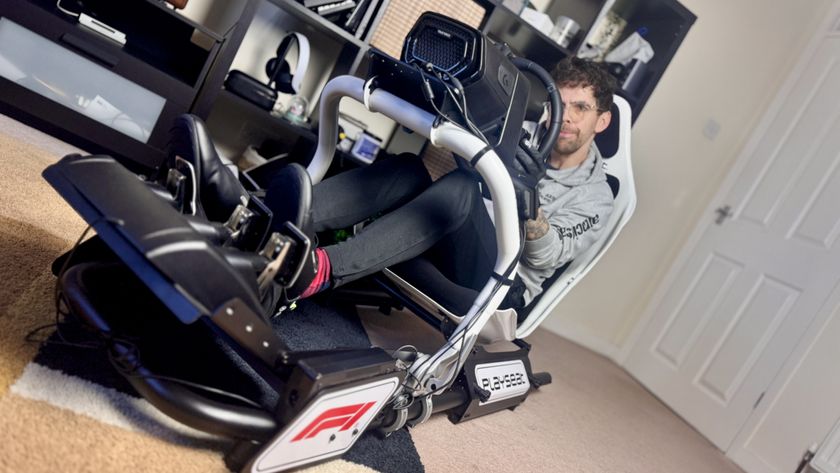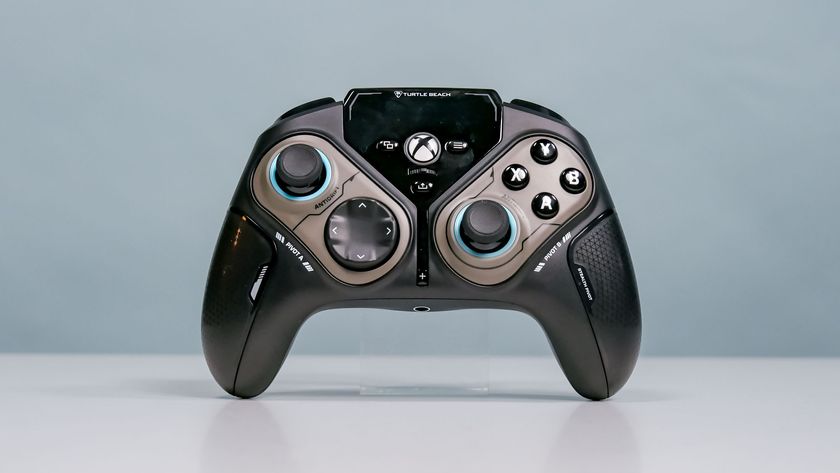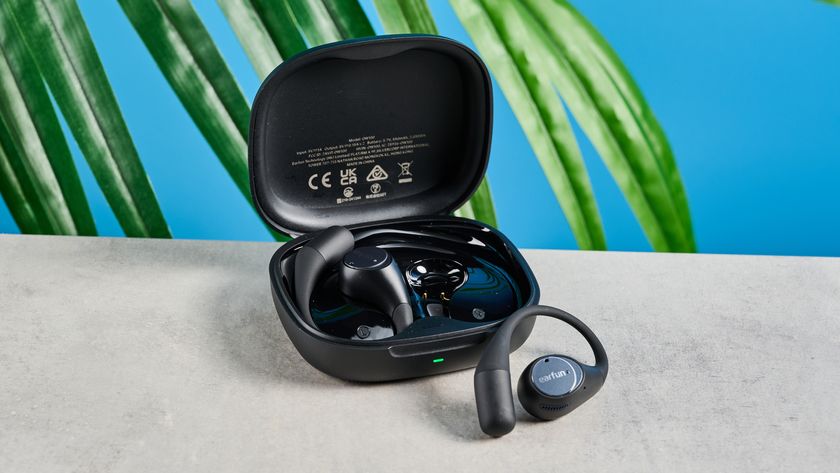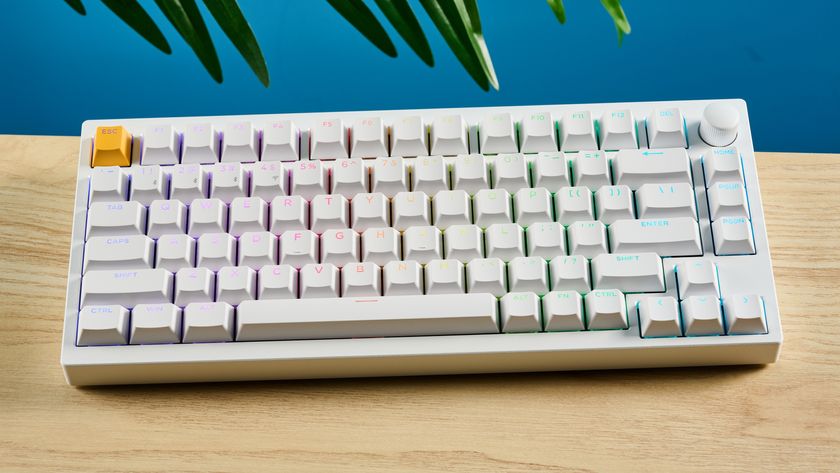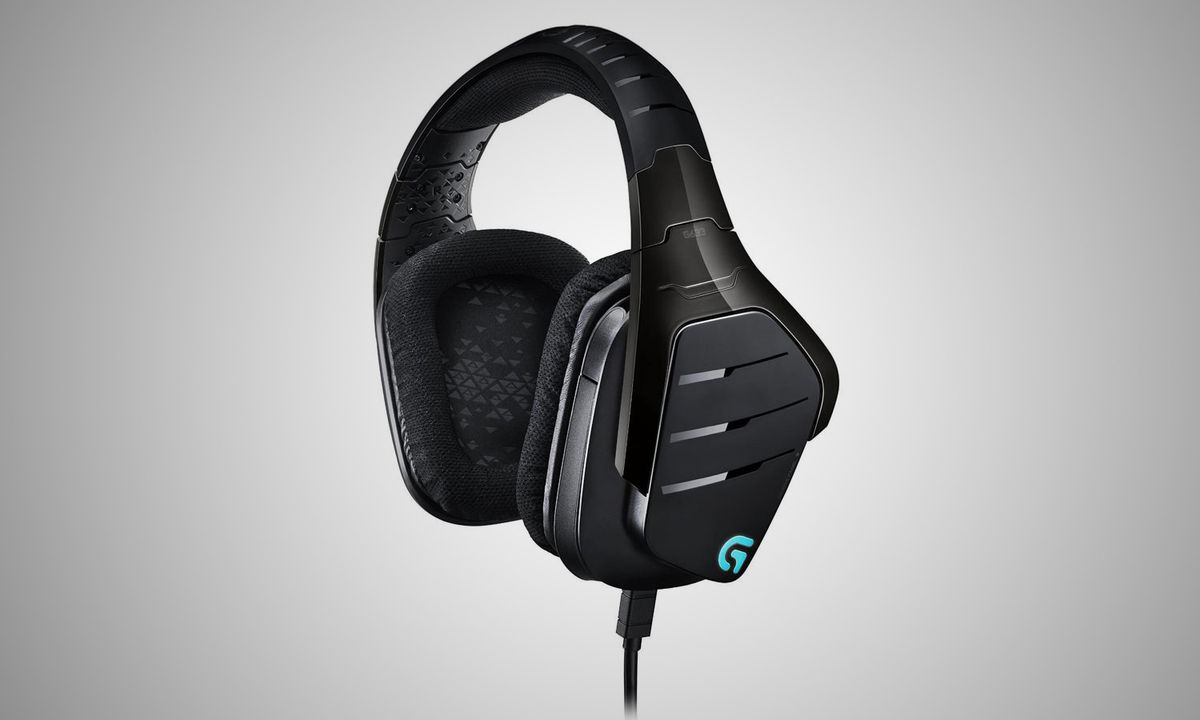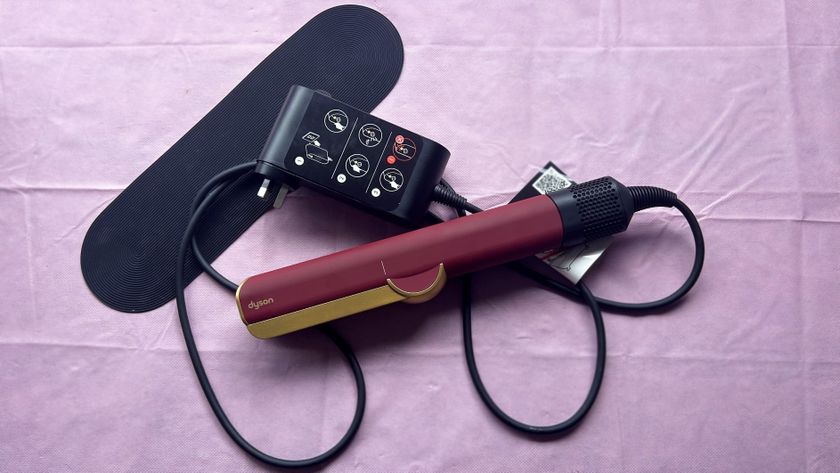Tom's Guide Verdict
The Logitech G633 Artemis Spectrum's deep software, comfortable design and excellent audio quality make it well worth the $150 price tag.
Pros
- +
Extremely comfortable
- +
Great sound for both music and games
- +
Robust software
- +
Works with PC, console and mobile
Cons
- -
Not easily portable
Why you can trust Tom's Guide
In Greek myth, Artemis was the goddess of the hunt, an unparalleled archer who blessed her worshippers with keen hearing and eyesight. The Logitech G633 Artemis Spectrum ($150) does its best to channel the huntress, providing phenomenal sound as well as a visual feast for onlookers. The headset isn't cheap, but its deep software, comfortable design, excellent audio quality, and useful bells and whistles make it well worth the money.
Design
With a black, patterned design; rectangular ear cups; and a large, padded headband, the Artemis Spectrum's industrial design looks (appropriately enough) like something out of a video game. The ear cups swivel, which is a nice touch, although they feel a bit loose, making the headset a little bit hard to put on at first. If it's not perfectly positioned on top of your head, it might slip off. Once it's in place, however, the Artemis Spectrum has a comfortable, secure fit.
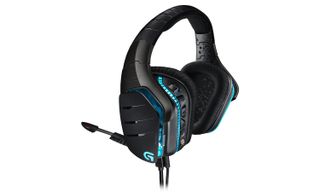
One feature I particularly liked about the Artemis Spectrum was that it offers two totally separate cables: a USB cable for computers and a 3.5mm audio cable for pretty much anything else. You switch between the two using a button on the left ear cup. Having two separate cables is an elegant solution that other headsets usually sidestep with adapters of varying quality. The USB cable allows gamers to use the Logitech software on PCs, while the audio cable has an in-line mic, a mute button for it and a play/pause button. It's perfect for taking phone calls or listening to music on a phone or tablet, and also provides an easy way to connect the G633 to your Xbox One or PS4 controller.
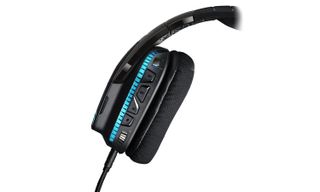
Rather than an in-line amplifier, which headsets like the Turtle Beach Ear Force PX22 employ, the Artemis Spectrum has a collection of buttons on the left ear cup. You can program three of these buttons to do whatever you want, but by default, they switch sound profiles, which you can program in the Logitech Gaming Software. One of the other two is a volume dial, while the remaining one is the aforementioned PC/3.5 mm switch. I found this was a sensible place for extra buttons, and liked not having to fumble around on my desk to control volume.
There's also a rigid microphone that slides in and out of a storage compartment. While I generally prefer flexible mics, I did like how the mic could be totally out of sight when not in use.
Comfort
Even though putting the headset on can be a bit of a pain, once it's on top of your head properly, it's extremely comfortable. The ear cups feel plush and supportive, and the headband is adjustable enough to get a tight fit for all head sizes. I wore the Artemis Spectrum for hours, playing a variety of games and listening to plenty of music, and didn't notice any discomfort.
MORE: The Best Headsets for Immersive Gaming
I handed the headset off to a co-worker, who had the same experience that I did.
Gaming Performance
I tested the Artemis Spectrum with first-person shooter Titanfall, strategy game StarCraft II: Heart of the Swarm and action/adventure title Batman: Arkham Knight to get an idea of how the headset works during game play. These titles were not arbitrary choices: The Logitech Gaming Software offers audio profiles for FPS (first-person shooters), MOBA (a close cousin of real-time strategy) and Cinematic Gaming. I wanted to see if I could notice a difference for each one.

The Artemis Spectrum did not disappoint. While the differences were subtle, I heard gun fire and exploding mech suits in Titanfall much more clearly than the meaningless chatter of AI teammates. Heart of the Swarm had a balanced feel that made sound effects and voices pop while subduing the music just a little bit. Batman: Arkham Knight let its music and voice acting take center stage, helping me feel more immersed in the game's dystopian Gotham City.
While it would have been nice to have more genres available (it seems to me that racing and fighting, for example, might require different soundscapes), you can always customize your own. Additionally, the available paradigms should cover most of what's out there.
I also tested the microphone with a co-worker via Skype. The mic proved to be clear and audible, and should help players keep the lines of communications open during heated multiplayer matches. When it comes to adjusting the mic, you've got a pretty standard array of options: volume, mute and side tone (how loudly you hear your own voice).
Features
The Artemis Spectrum makes use of the robust and intuitive Logitech Gaming Software app. Each ear cup features full RGB lighting (hence the "Spectrum"), and you can adjust the backlighting colors within the software. I didn't find this to be a vital part of the setup, since a user can't see his or her own ear cups during game play, but it's a nice touch that might look especially cool for those who stream or play in tournaments.

More important are the built-in audio profiles (discussed above) and the ability to program your own. Logitech provides comprehensive and subtle equalization options, letting you create wildly different profiles and assign them to individual games. Less-skilled users can strike a general bass/treble balance and choose whether to allow or disable the mic by default, while audiophiles can dive in and fine-tune different frequencies.
With the equalization, backlighting and ability to customize the three extra buttons, I found that the Logitech Gaming Software gave me control over everything I'd expect from a high-end headset, all in an extremely sensible manner.
Music Performance
Usually, a gaming headset's ability to play music takes a backseat to the device's in-game performance, but the Artemis Spectrum strikes an extremely pleasant balance between the two. The Artemis Spectrum's "Flat" profile provides a neutral base for just about any variety of music, but users can also program their own treble- or bass-heavy profiles as the music demands. Even if you can't be bothered with profiles, music in general sounds rich and immediate on the Artemis, rather than cold and distant, like it does on some cheaper headsets.
MORE: Most Anticipated Games
I tested the Artemis Spectrum with music from Flogging Molly, G.F. Handel and Old Blind Dogs, and the sound was much warmer and subtler than on the Ear Force PZ22, my go-to headset at work. The rich bass of Messiah balanced nicely with the soprano section, and the driving drums of Bennachie seemed perfectly balanced with the twang of the guitar and the fine Scottish burr of the lyrics.
My only criticism when it comes to music is that the headphones themselves are rather large and a bit unwieldy. You could bring them on the bus or an airplane, but they'll take up a lot of space, and don't stash in a backpack that easily. I'm not sure they're good for everyday listening on the go, although they should work fine for a stationary setup.
Bottom Line
Logitech's last round of headsets were solid products with good design and decent sound quality. Since then, the company has improved its offerings tremendously. The G633 is not only one of the most comfortable headsets on the market, but also one of the most aurally pleasing, user-friendly and versatile. While the device's size and shape can sometimes feel a bit clunky, that minor shortcoming does little to detract from a wonderful piece of engineering that can play both games and music with equal fidelity.
Marshall Honorof is a senior editor for Tom's Guide, overseeing the site's coverage of gaming hardware and software. He comes from a science writing background, having studied paleomammalogy, biological anthropology, and the history of science and technology. After hours, you can find him practicing taekwondo or doing deep dives on classic sci-fi.

